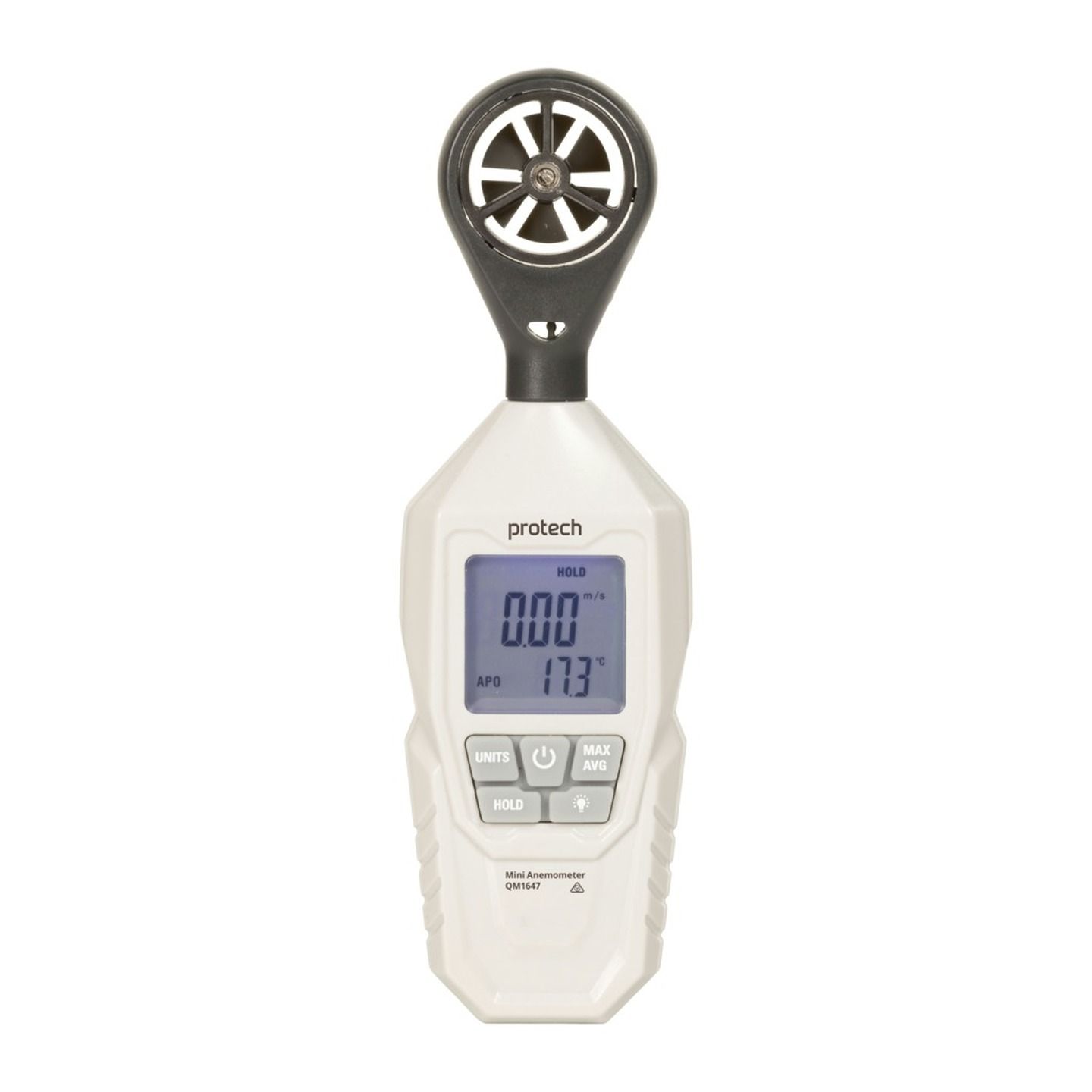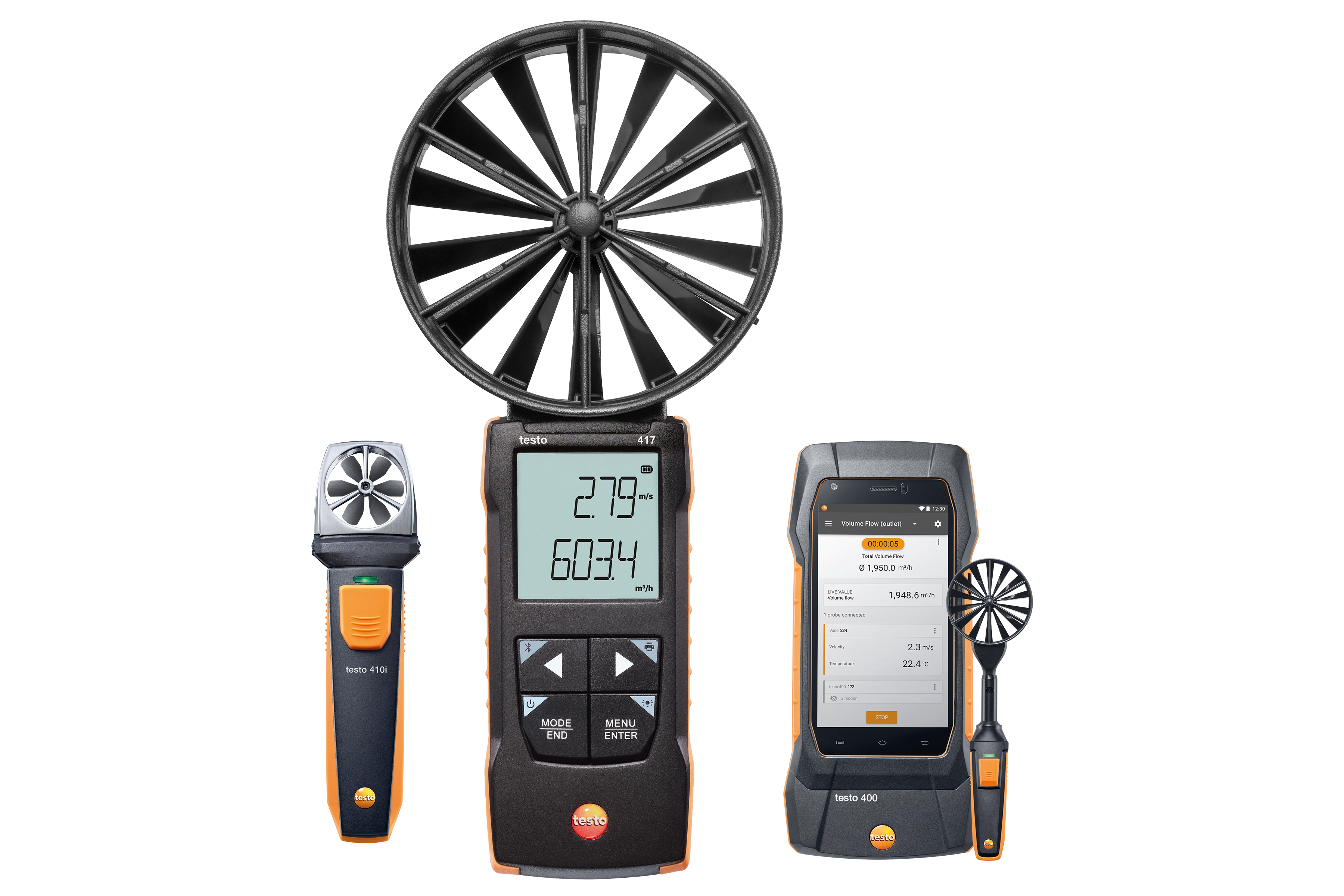Expert Tips for Adjusting Your Anemometer for Optimal Performance
Expert Tips for Adjusting Your Anemometer for Optimal Performance
Blog Article
All You Need to Understand About Anemometers: Exactly How They Work, Why They Matter, and Where to Use Them
Anemometers, however usually ignored in the realm of scientific tools, play a vital duty in different fields, using useful understandings right into wind rate and air movement patterns. As we delve right into the ins and outs of anemometer technology, we will reveal the inner workings of these gadgets, their importance, and the crucial considerations when selecting the right anemometer for particular applications.

Anemometer Fundamentals
An essential tool used to gauge wind speed and instructions, the anemometer plays a critical function in weather forecasting and numerous industries. An anemometer commonly is composed of three or 4 cups that rotate in the wind, a vane that aims into the wind, and sensors to track the turnings or motions.
There are various sorts of anemometers readily available, consisting of cup anemometers, vane anemometers, hot-wire anemometers, and sonic anemometers, each with its one-of-a-kind functions and applications. Mug anemometers are generally made use of for fundamental wind rate measurements, while vane anemometers are favored for directional measurements. Hot-wire anemometers are ideal for reduced airspeeds, and sonic anemometers are ideal for high-precision measurements in study and industrial settings. Comprehending the basics of anemometers is vital for accurate wind data collection and analysis throughout various industries.
Concepts of Anemometer Operation
Building on the foundational understanding of anemometer essentials, the principles of anemometer procedure clarify the mechanics behind wind speed and instructions measurements. Anemometers operate the concept of airflow affecting a sensor, creating it to rotate. Cup anemometers, for example, have three or more mugs that record the wind, causing them to rotate quicker as the wind speed increases. The turning rate is after that transformed right into a wind speed measurement. Vane anemometers, on the other hand, utilize a tail or a probe that aligns itself with the wind direction, supplying a dimension of wind direction based on the orientation of the sensor. Hot-wire anemometers depend on a heated wire that cools down as wind overlooks it, with the rate of cooling identifying the wind rate. Ultrasonic anemometers measure wind speed and instructions by analyzing the time it takes for ultrasonic signals to take a trip in between transducers. Comprehending these principles is essential for dependable and accurate wind dimensions in numerous applications.
Importance of Anemometers
Anemometers play a crucial role in measuring wind speed and direction, providing important data for weather forecasting, environment researches, ecological surveillance, and air travel operations. Meteorologists depend on anemometers to website link collect precise wind data, helping them understand weather patterns, predict tornados, and concern prompt warnings to the public. Wind farm drivers make use of anemometers to examine wind conditions and make the most of electrical power production from wind generators.
Applications Across Numerous Industries
In the renewable energy industry, anemometers play a crucial function in examining wind conditions for wind ranch positionings, ensuring ideal power manufacturing. Industries like building and mining use anemometers to keep an eye on wind speeds, vital for safety and security methods, specifically when functioning at elevations or in open-pit mines where strong winds can position risks. In agriculture, anemometers assist farmers in managing plant splashing by offering real-time data on wind speed to stay clear of drift.

Selecting the Right Anemometer for Your Demands
Selecting the suitable anemometer tailored to your certain needs is important for acquiring exact wind rate and instructions dimensions. When choosing an anemometer, think about aspects such as the desired application, called for measurement range, environmental conditions, and preferred functions. For general functions, a mug anemometer appropriates for gauging wind speed, while a vane anemometer offers wind direction data. Hot-wire anemometers are suitable for reduced airspeed dimensions, and ultrasonic anemometers supply high precision and longevity.

Conclusion
In conclusion, a knockout post anemometers play a crucial duty in determining wind speed and direction throughout various sectors. It is crucial to think about the importance of anemometers in order to make enlightened decisions when selecting the most ideal gadget for measuring wind conditions.
There are various kinds of anemometers available, consisting of mug anemometers, vane anemometers, hot-wire anemometers, and sonic anemometers, each with its one-of-a-kind functions and applications. Mug anemometers are typically used for fundamental wind rate measurements, while vane anemometers are favored for directional measurements. Hot-wire anemometers are appropriate for low airspeeds, and sonic anemometers are excellent for high-precision dimensions in research and industrial setups.Building on the fundamental understanding of anemometer basics, the principles of anemometer procedure clarify the mechanics behind wind speed and direction dimensions. For basic purposes, a cup check my reference anemometer is suitable for measuring wind speed, while a vane anemometer provides wind direction data.
Report this page